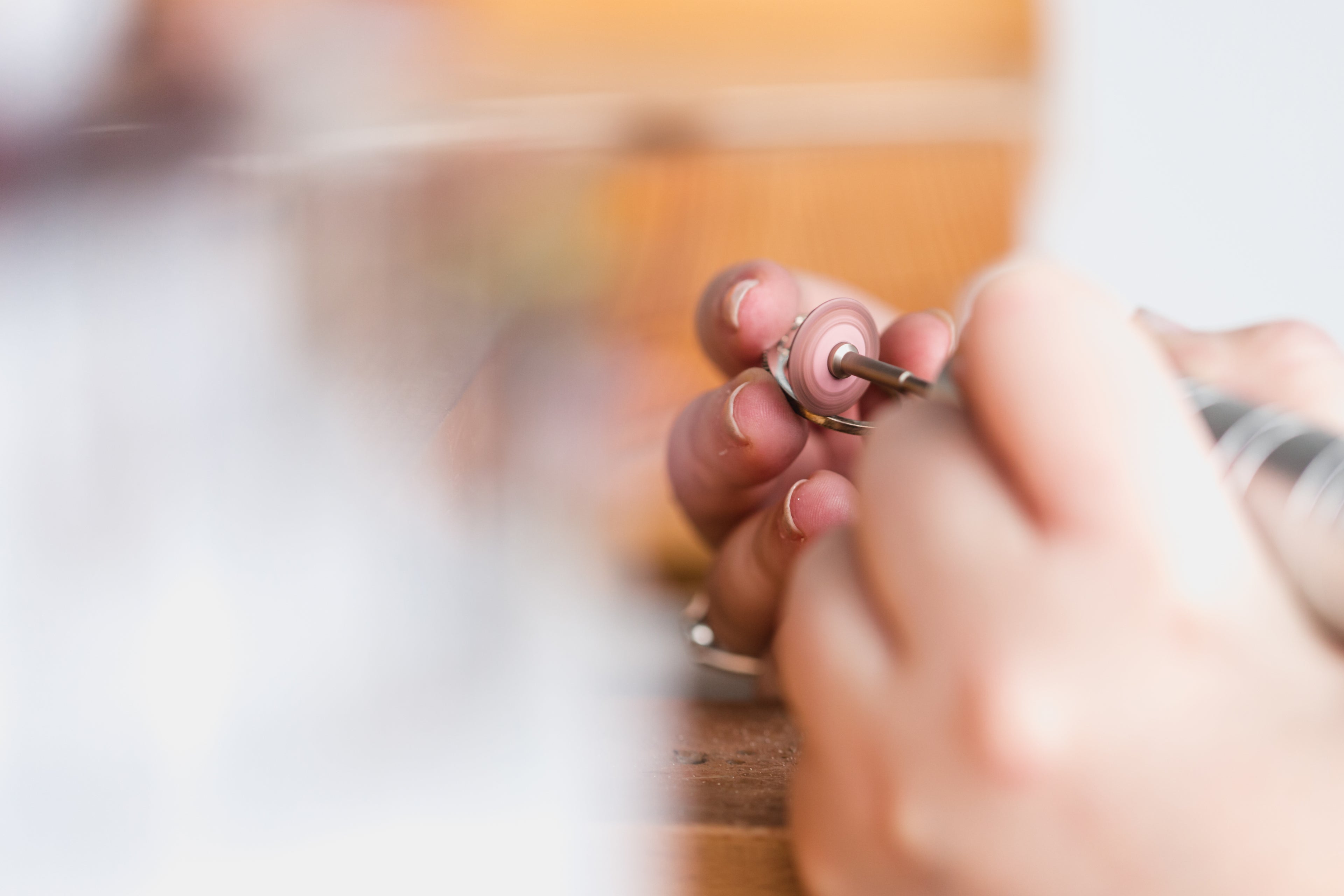Rethinking the Future of Jewelry
As a jeweler, I often reflect on where our industry is headed—not just for the next season, but over the long term. The fine jewelry world has always held a deep connection to tradition, but now more than ever, we're witnessing a paradigm shift that intertwines sustainability, ethics, individuality, and technology. In a time when consumer values are shifting, I’m convinced that the jewelry of tomorrow will not just be about beauty—it will be about meaning, responsibility, and legacy.
At Stradley & Daughter, we see this evolution firsthand, and it raises a fundamental question: What do we owe to each other as jewelers? How can we build a better future for the next generation, while still honoring the traditions that define us?
Let’s take a look at where the industry is headed in the next 3, 5, and 10 years and explore the legacy we’re shaping.
3-Year Horizon: Ethical, Personalized, and Spiritual Jewelry
1. The Rise of Ethical Jewelry
Jewelry is becoming a reflection of personal ethics and responsibility, which is why at Stradley & Daughter, we’ve incorporated recycled metals and offer lab-grown diamonds to meet these demands without sacrificing quality or beauty.
2. Lab-Grown Diamonds vs. Colored Gemstones
3. Spirituality and Symbolism energies . I truly believe we’re seeing the rise of jewelry as modern-day talismans.
5-Year Horizon: Tech, Craftsmanship, and Climate Responsibility
1. Personalization Through Technology
These tools will evolve, making it easier for customers to design their own pieces, ensuring that every piece is truly unique. Jewelry will become more of a collaborative experience between the designer and the wearer. Imagine clients being able to try on virtual rings via augmented reality before committing to a design!
2. Smaller-Batch Artisanal Craftsmanship
3. Climate and Environmental Responsibility
For us, this means continuing to work with ethically sourced stones, offering lab-grown options, and reducing our waste at every stage of the design process. It’s about leaving a lighter footprint.
10-Year Horizon: Self-Expression, Legacy, and Alternative Materials
1. Jewelry as Self-Expression
As a jeweler, my goal is to empower clients to create pieces that are meaningful to them —whether it’s a ring that marks a new chapter in their life or an heirloom necklace that’s been redesigned for the modern world.
2. The Heirloom Redesign Boom
3. Smaller, Purpose-Driven Brands
What Do We Owe to Each Other?
The jewelry industry has the potential to be a beacon of responsible luxury—one that combines beauty, meaning, and respect for the environment. Together, we can leave a legacy that future generations will be proud of.









